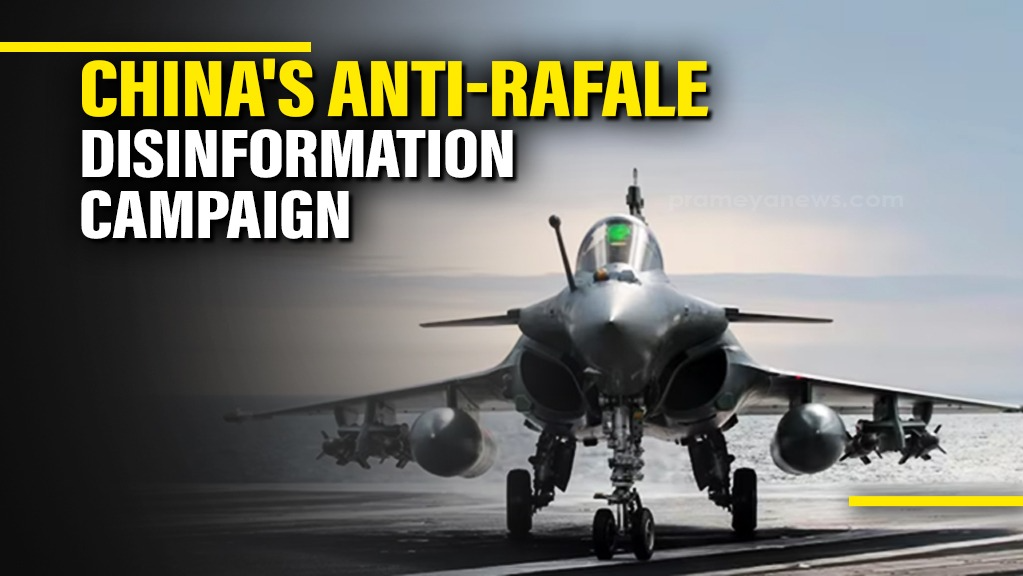

Following the use of Rafale fighter jets by India during its "Operation Sindoor" conflict with Pakistan, China launched a vast and coordinated disinformation campaign to tarnish the reputation of the advanced French aircraft. According to a report by a press agency, citing French military and intelligence officials, the campaign was a strategic effort to undermine the sales of the Rafale and promote China's own military hardware on the global stage.
The campaign was executed on multiple fronts. Chinese embassy defence attaches in various countries were reportedly tasked with lobbying security and defense officials. In these meetings, they argued that the Rafales used by the Indian Air Force had performed poorly and strongly promoted Chinese-made weaponry as a superior alternative. This lobbying effort specifically targeted countries that had already ordered Rafales, as well as other potential customer nations.
This diplomatic pressure was amplified by a sophisticated online disinformation war. The campaign included the spread of viral posts on social media, the use of manipulated or fabricated imagery claiming to show Rafale debris, and even the circulation of video-game footage presented as real combat. Researchers identified more than 1,000 new social media accounts that were created as the India-Pakistan conflict erupted, all dedicated to spreading a narrative of Chinese technological superiority.
The trigger for this campaign appears to be the jet's performance and visibility during the May conflict. The disinformation effort gained traction by piggybacking on claims made by China's "all-weather ally," Pakistan, which had alleged it shot down three Rafale jets. This claim was publicly refuted as "inaccurate" by Eric Trappier, the CEO of Dassault Aviation, the company that manufactures the Rafale. More recently, India's Chief of Defence Staff, General Anil Chauhan, while acknowledging that some Indian jets were downed, dismissed the specific claim about the Rafales as "absolutely incorrect."
According to the French Defence Ministry, this was not merely a commercial rivalry; it was a strategic attack. The ministry stated that the Rafale was targeted because it represents a "strategic French offering." By attacking the aircraft, the campaign sought to undermine the credibility of France itself, its defense industry, and its image as a reliable strategic partner.
Defense analysts suggest that China's goal was to weaken the security relationships that France is building with nations in the Indo-Pacific. By creating doubt about the quality and performance of French military equipment, China hoped to limit Western influence in the region and boost its own prospects as a major arms supplier. The campaign was a clear attempt to turn a regional conflict into a global opportunity to damage a strategic and commercial rival.